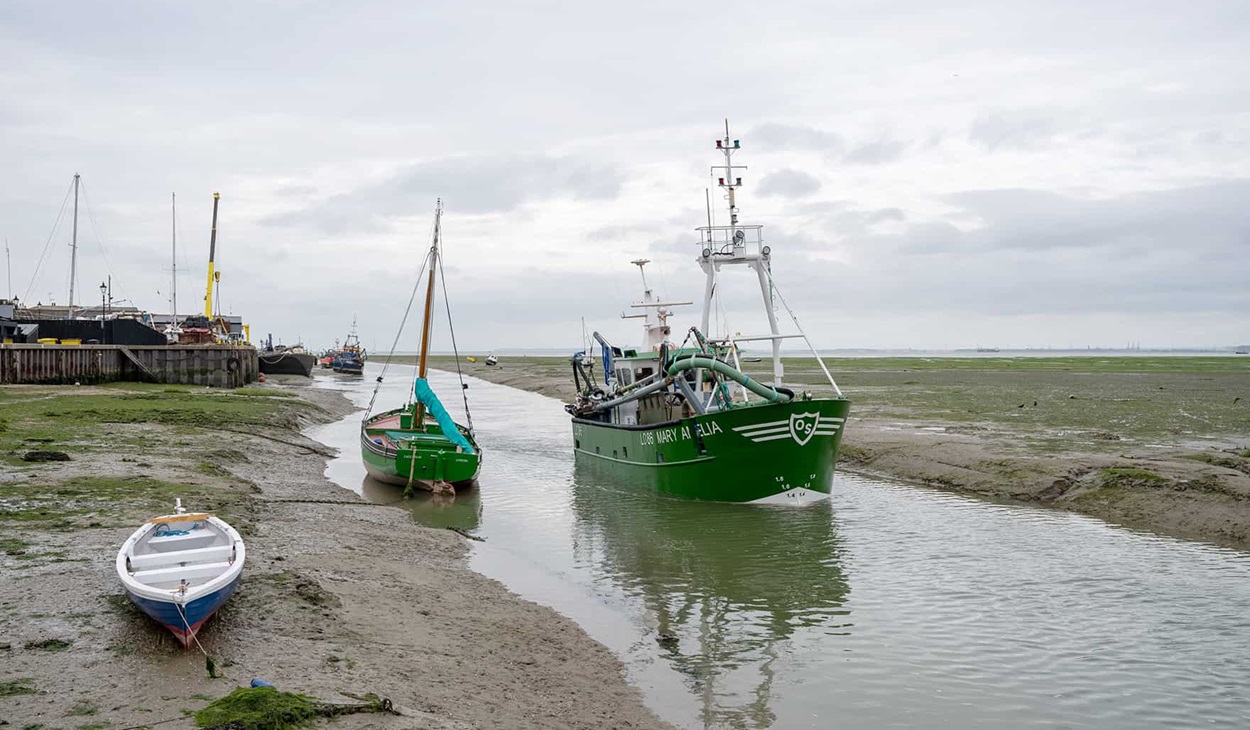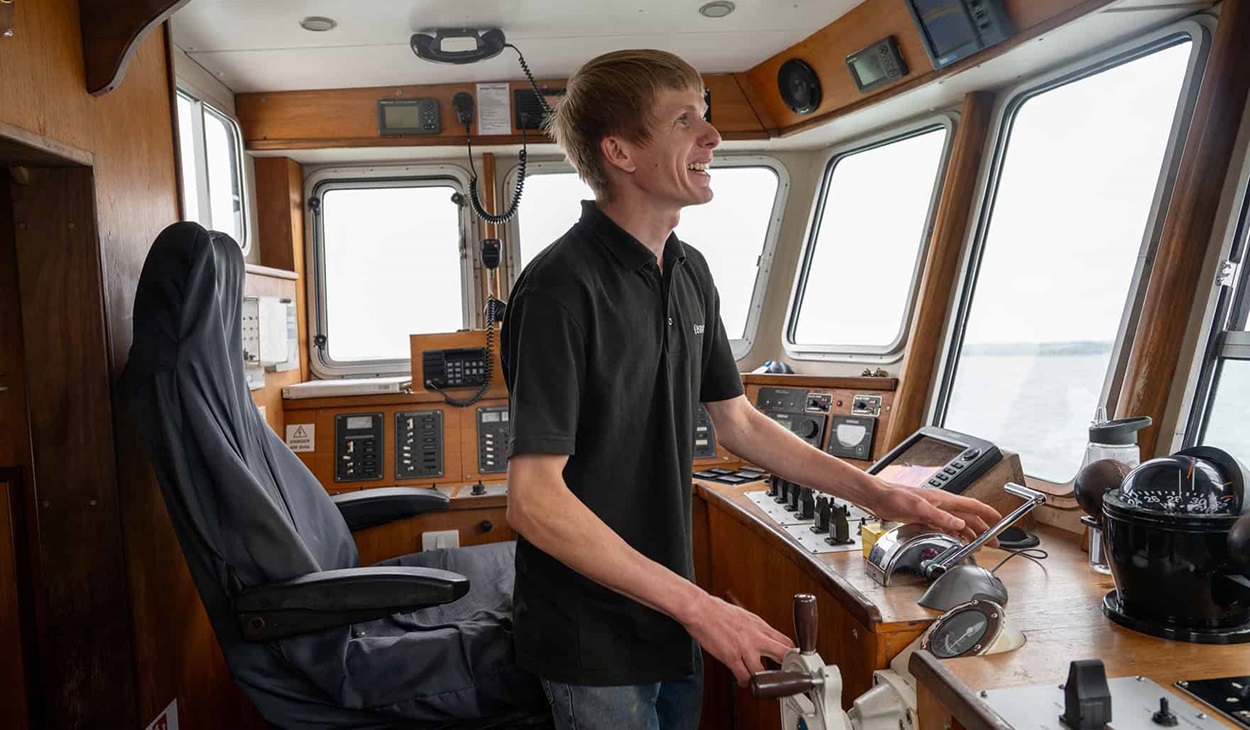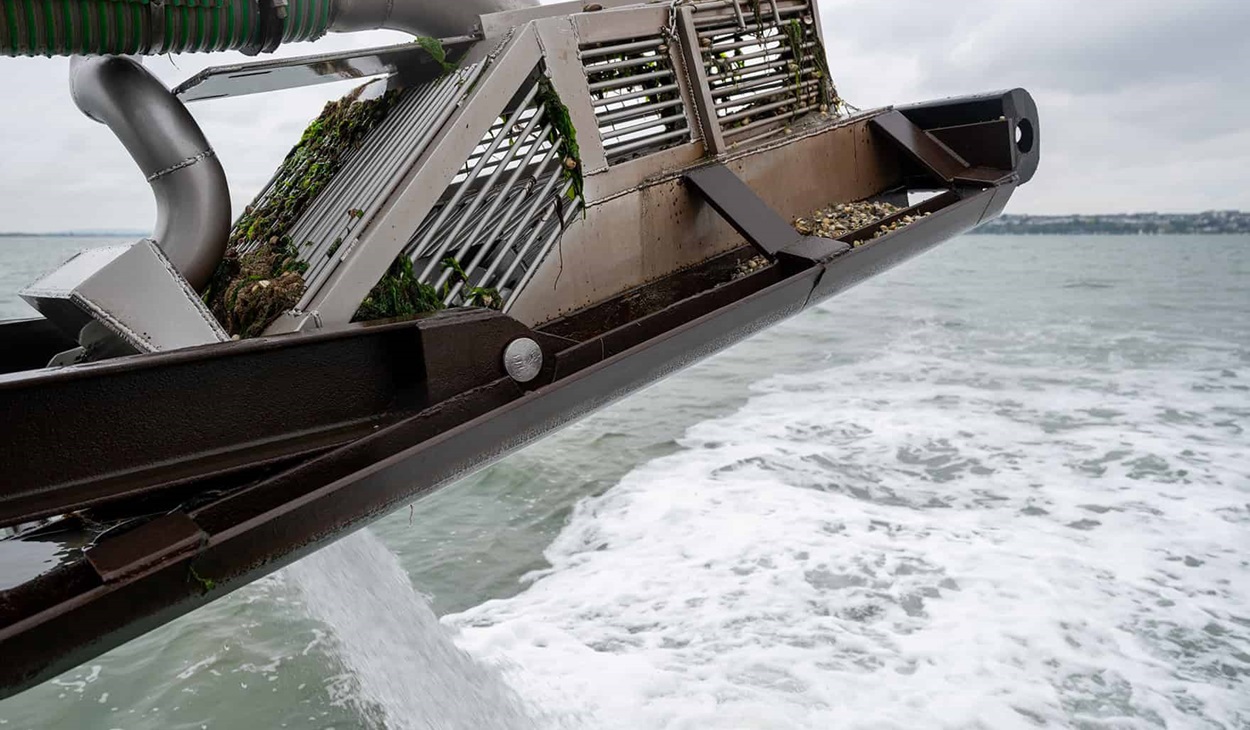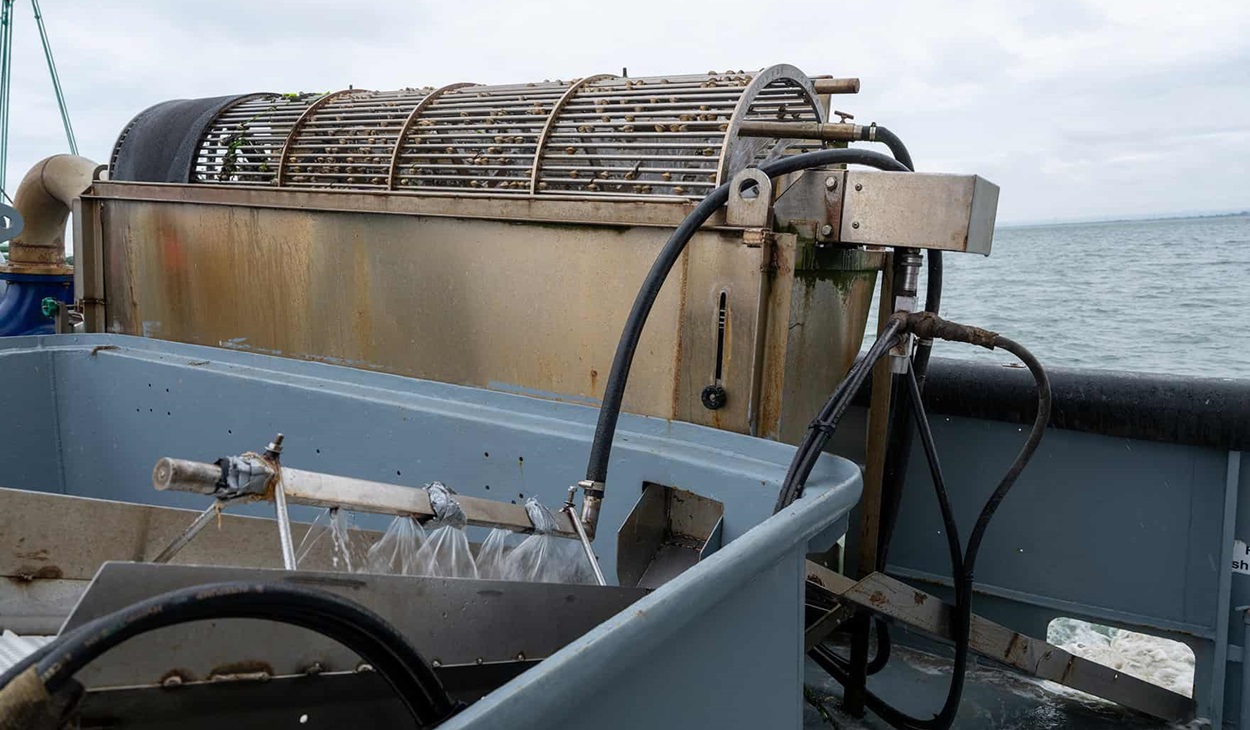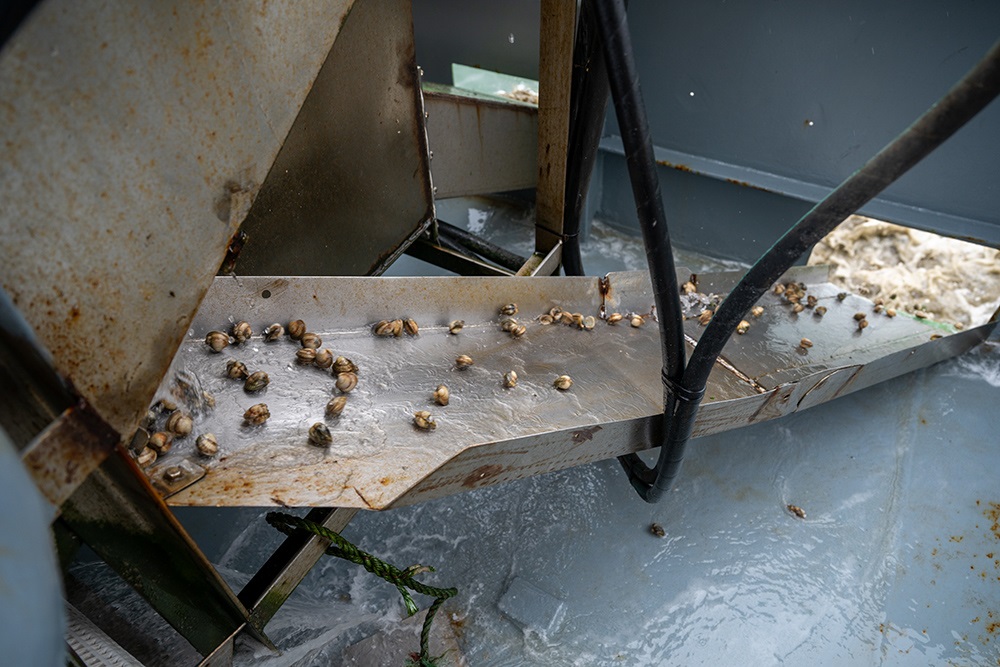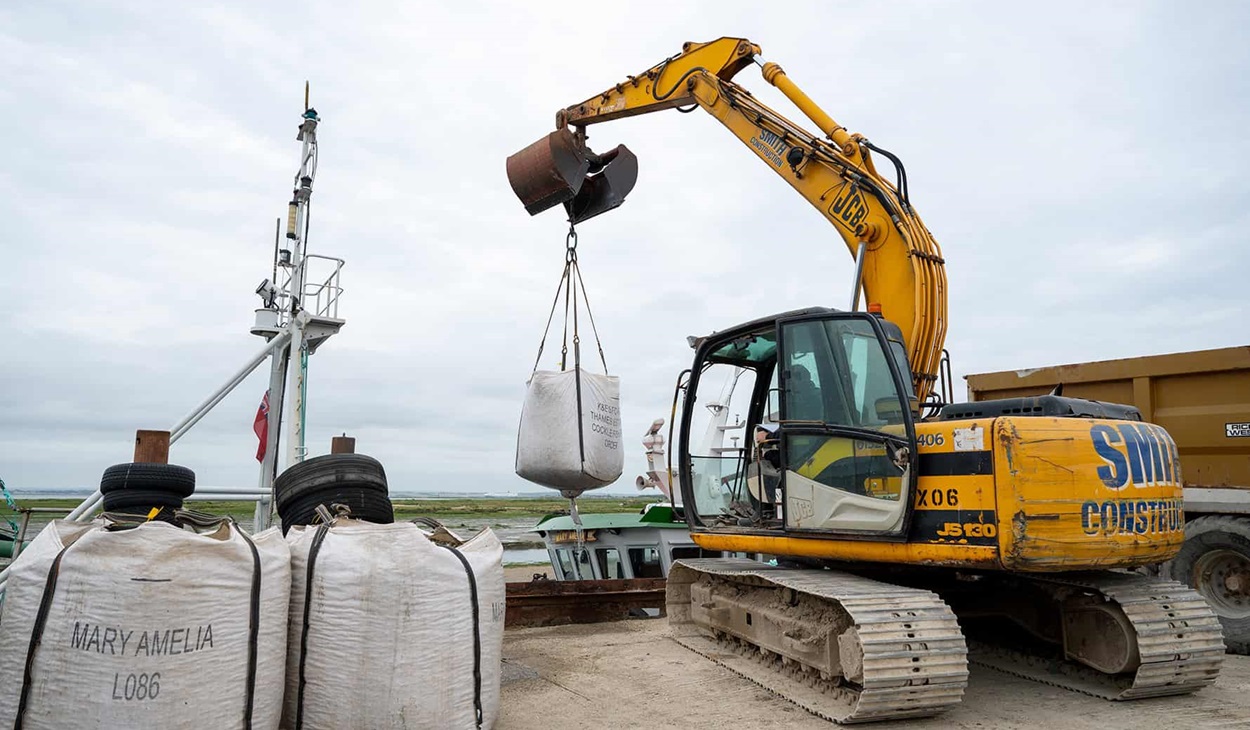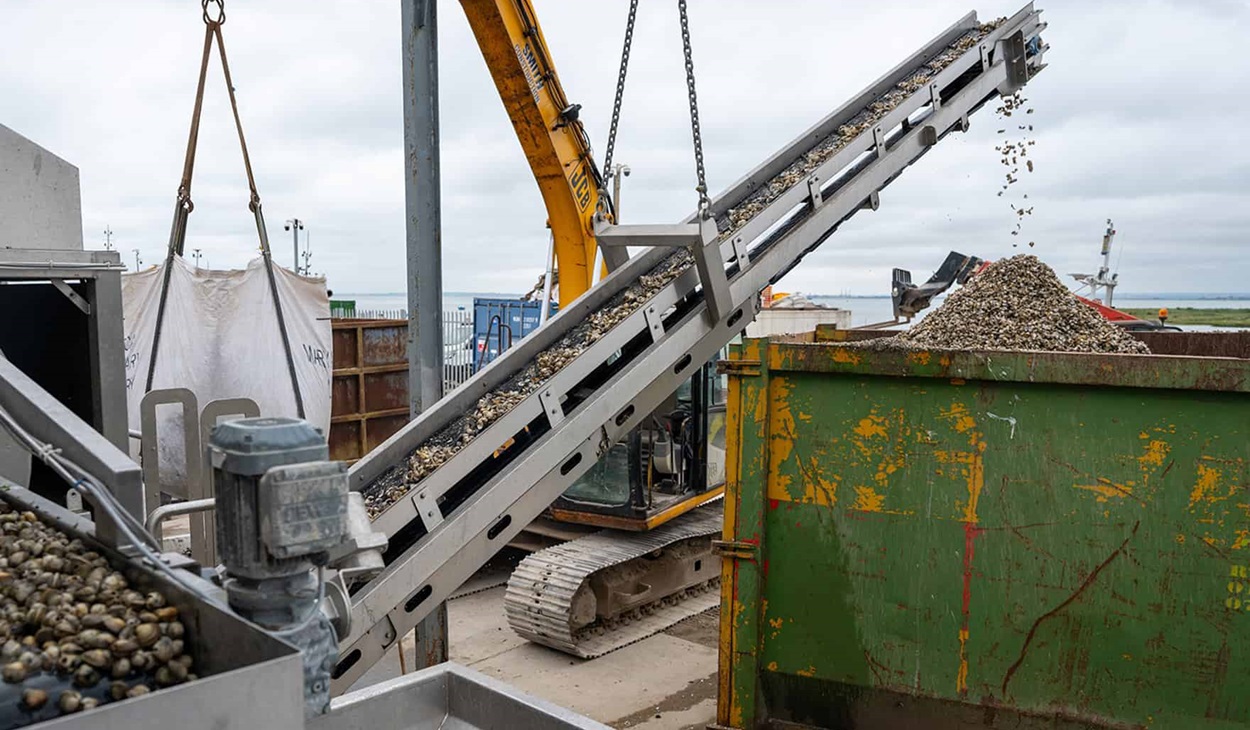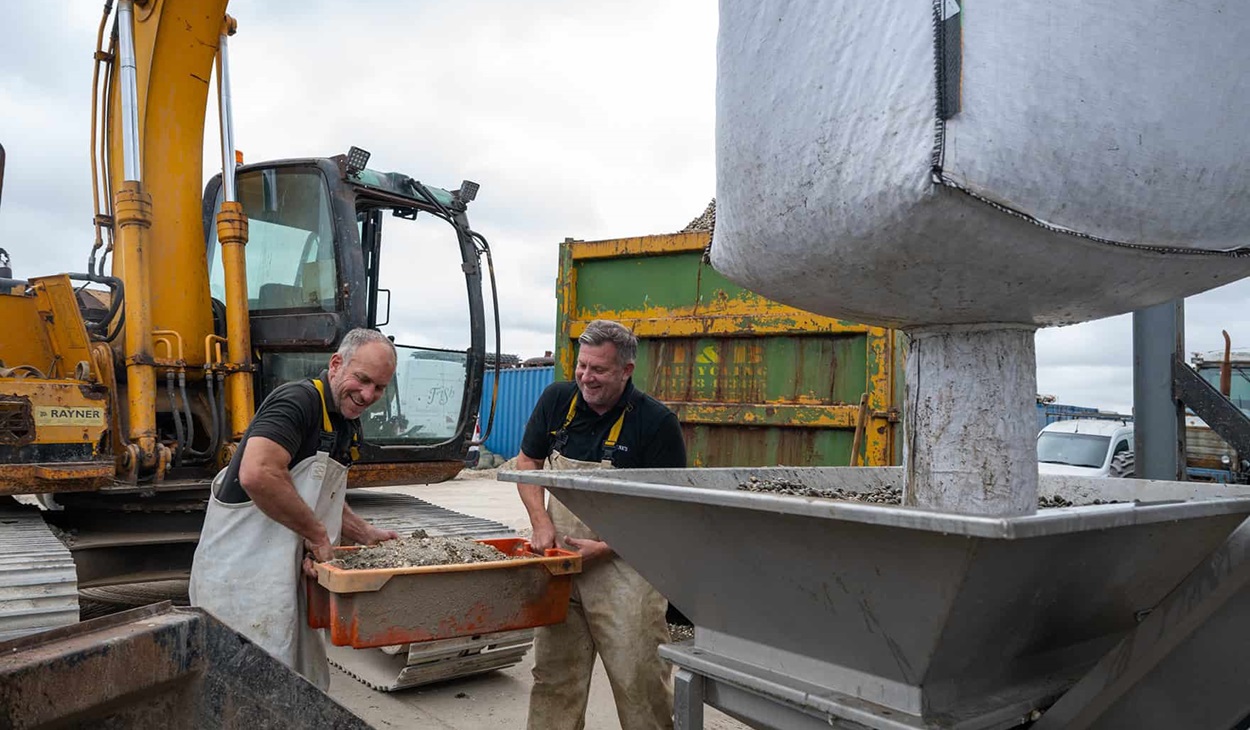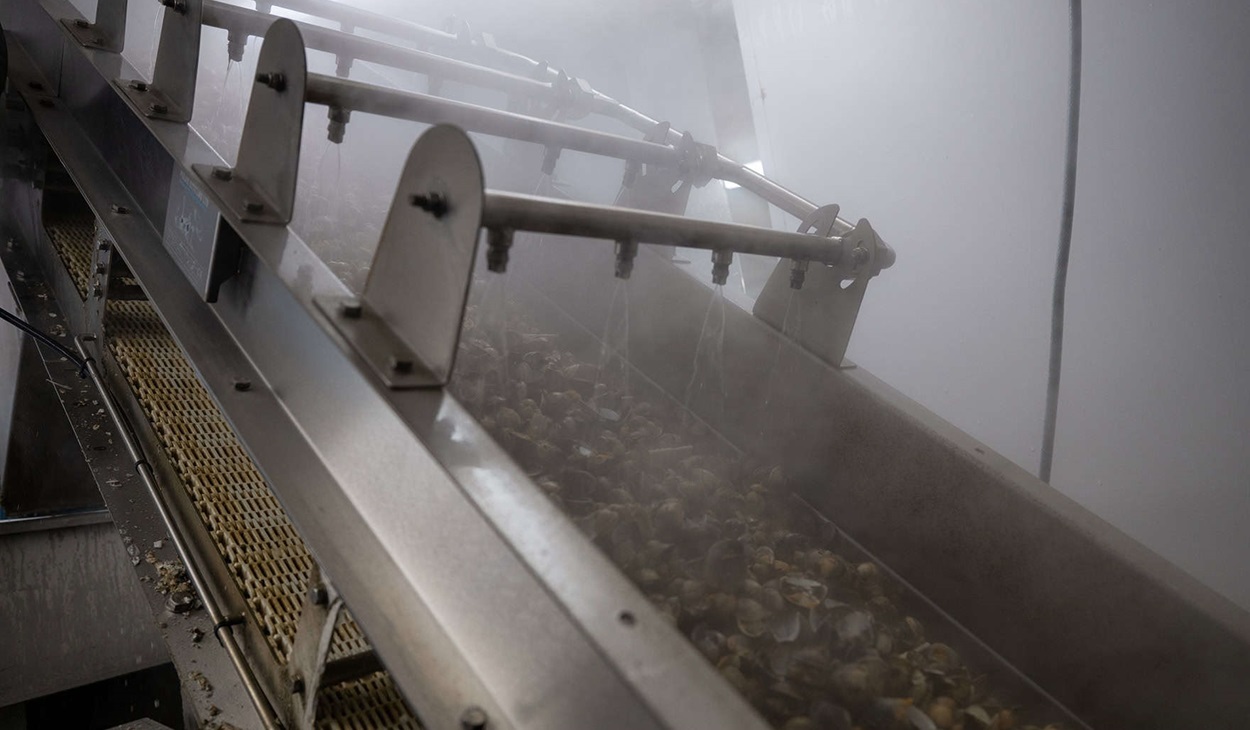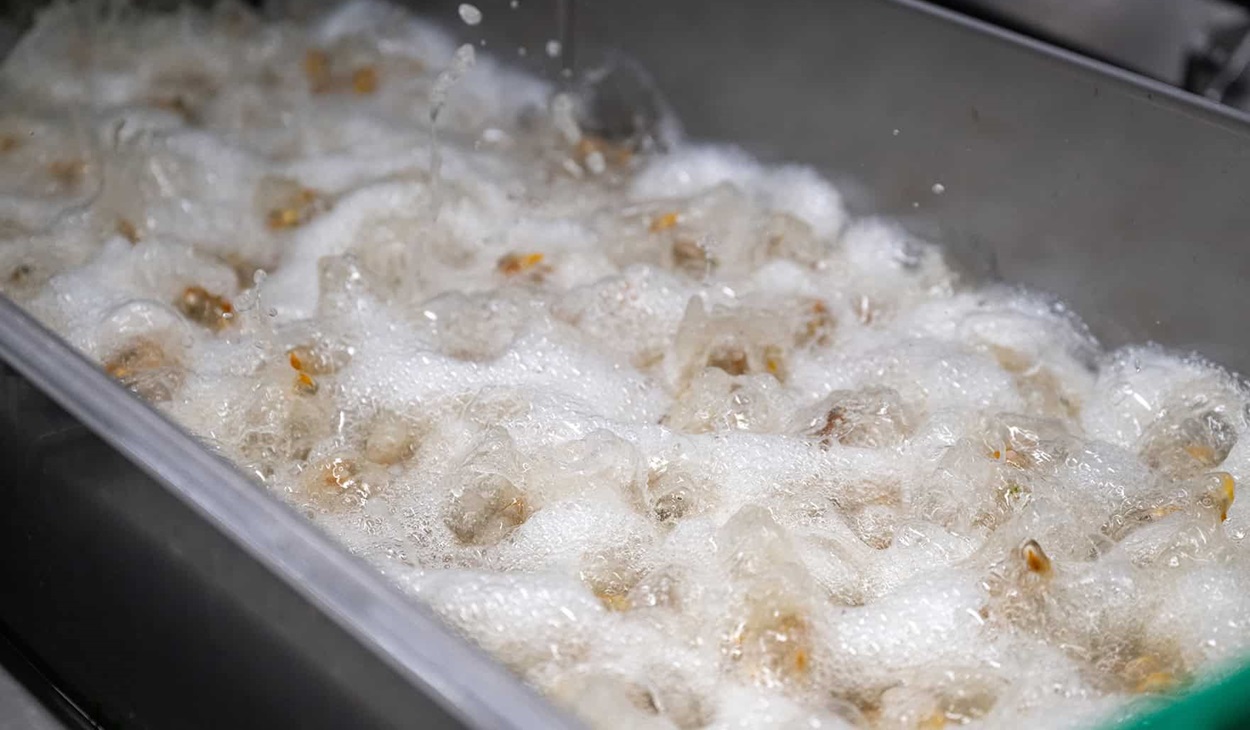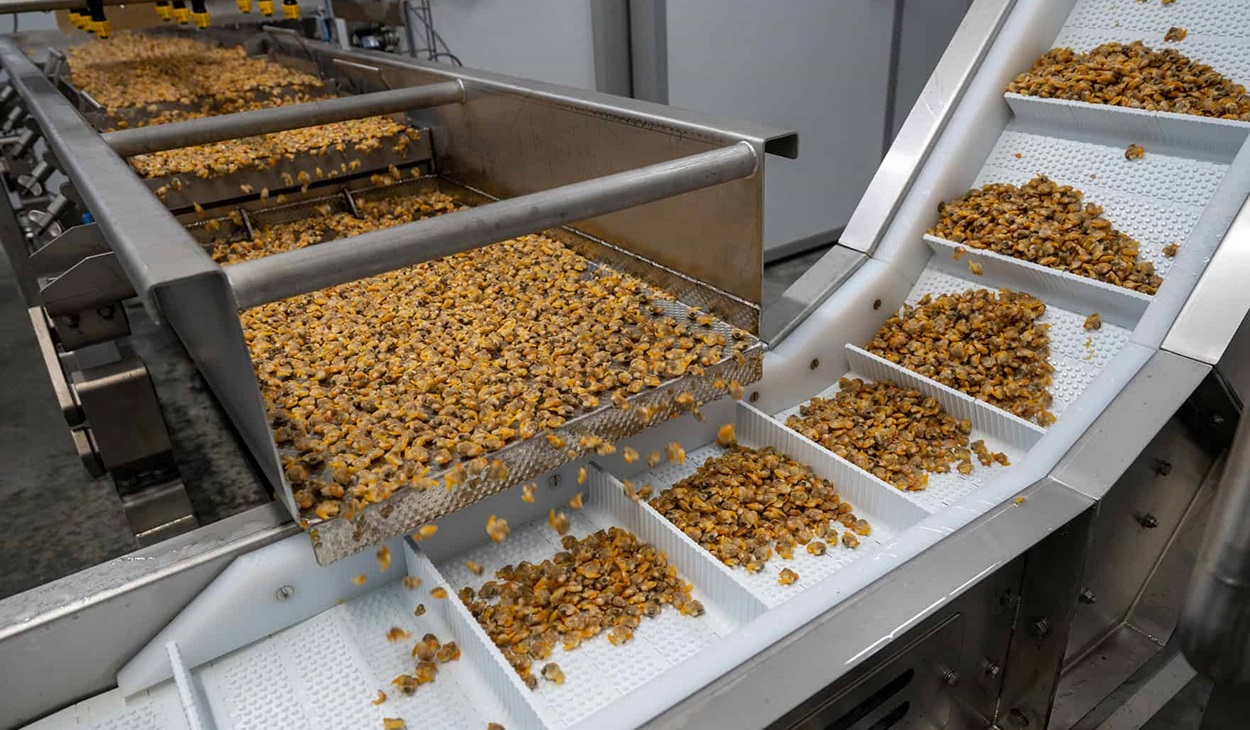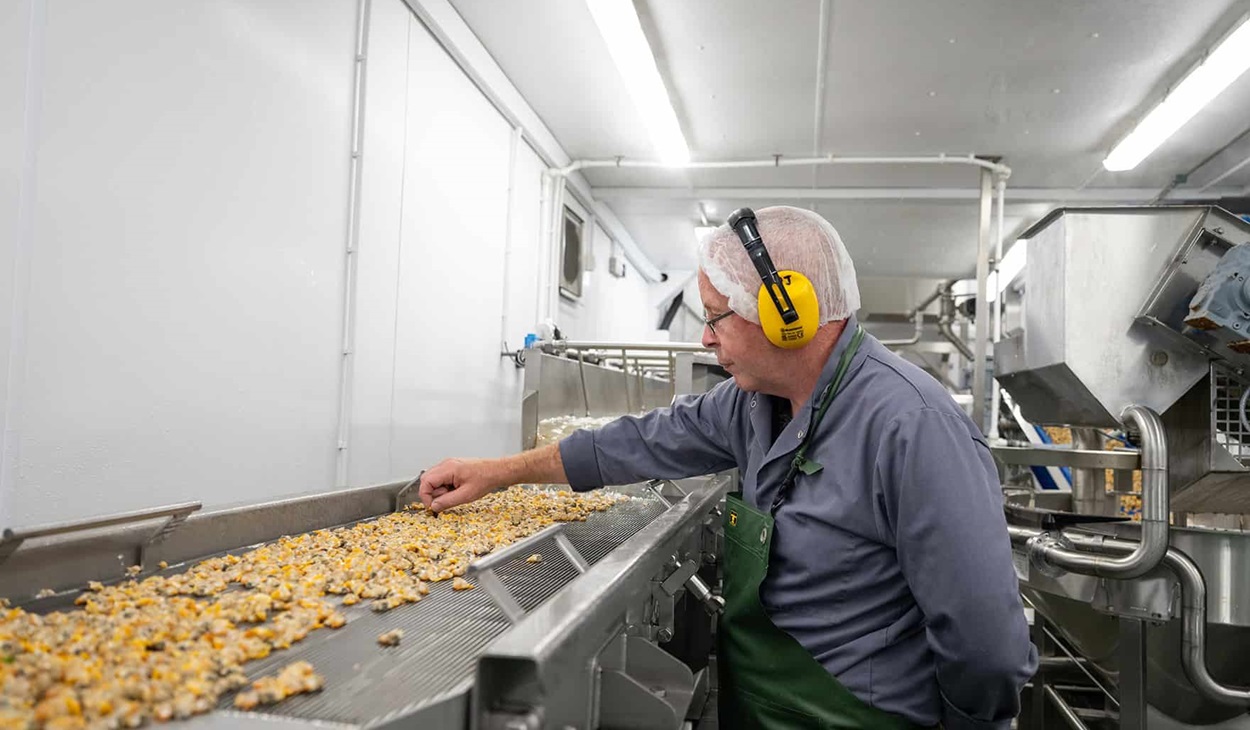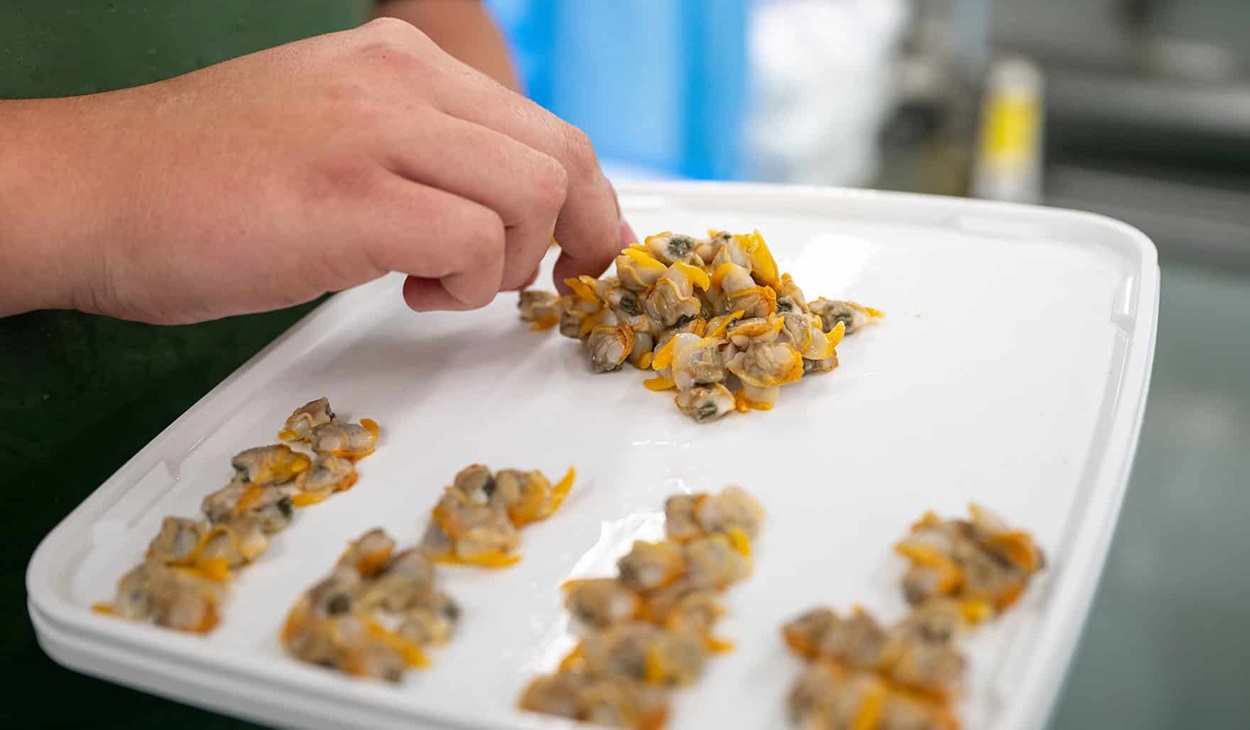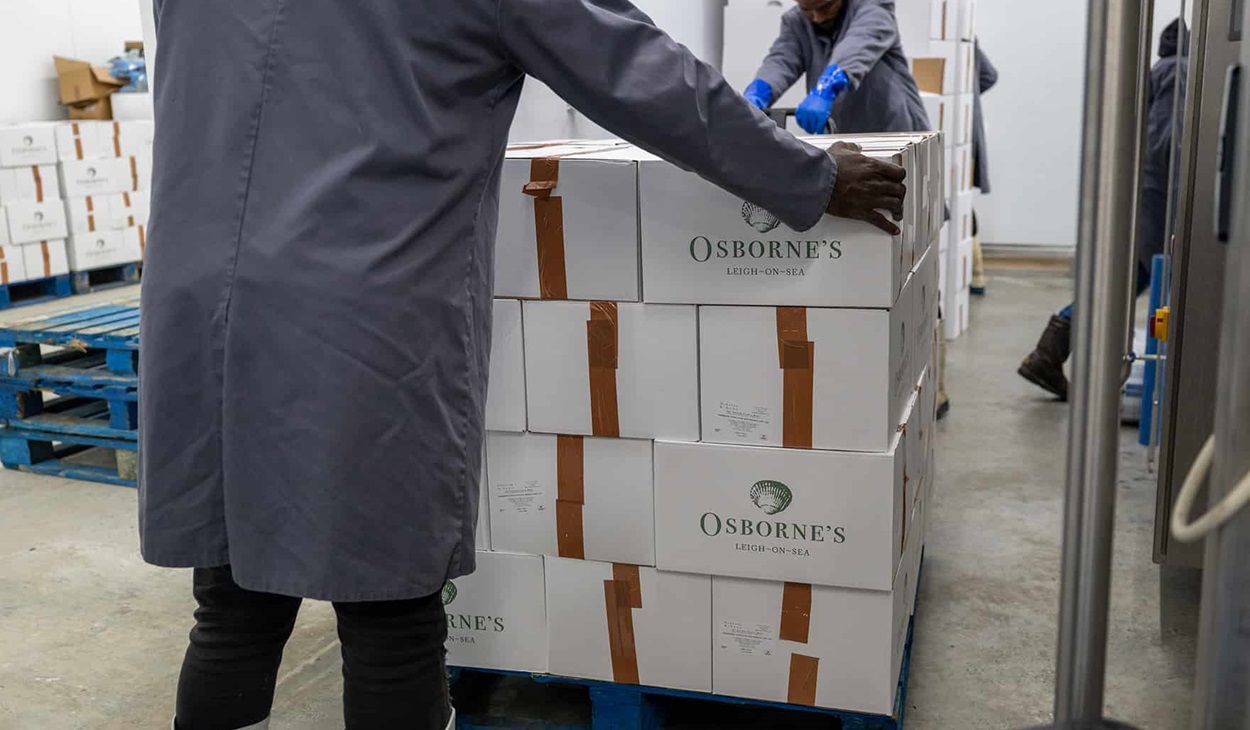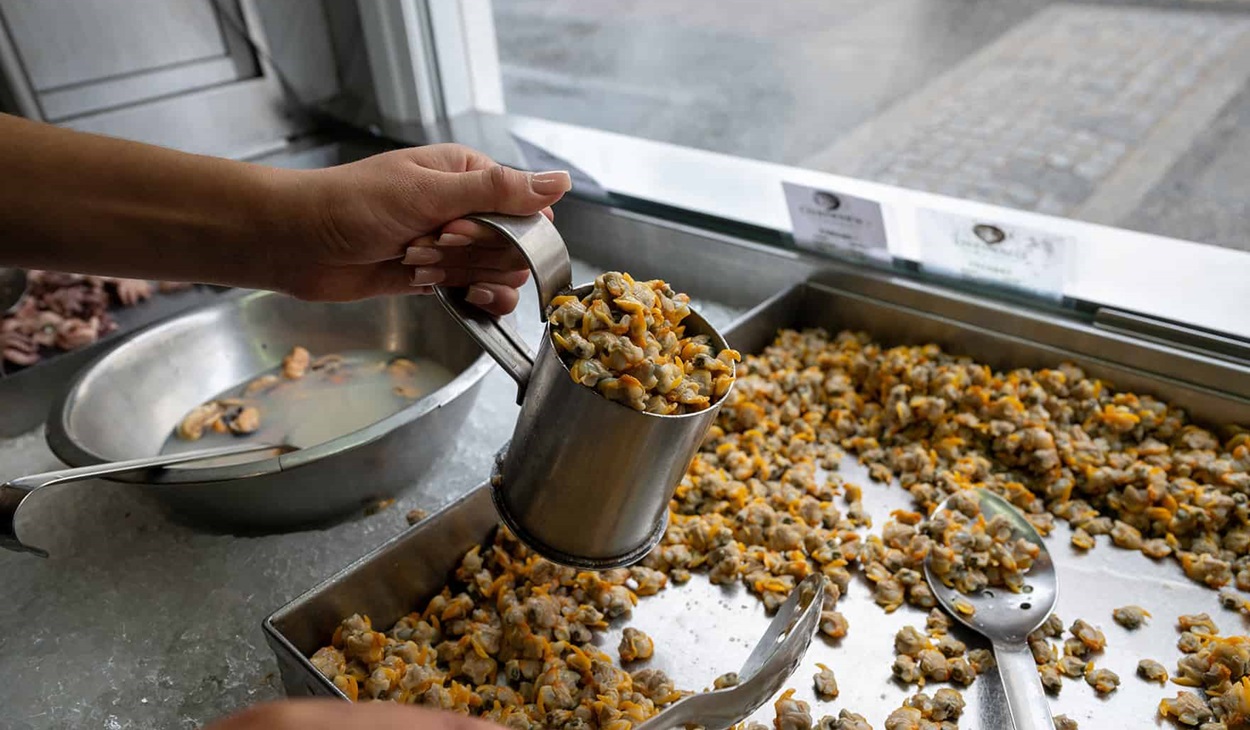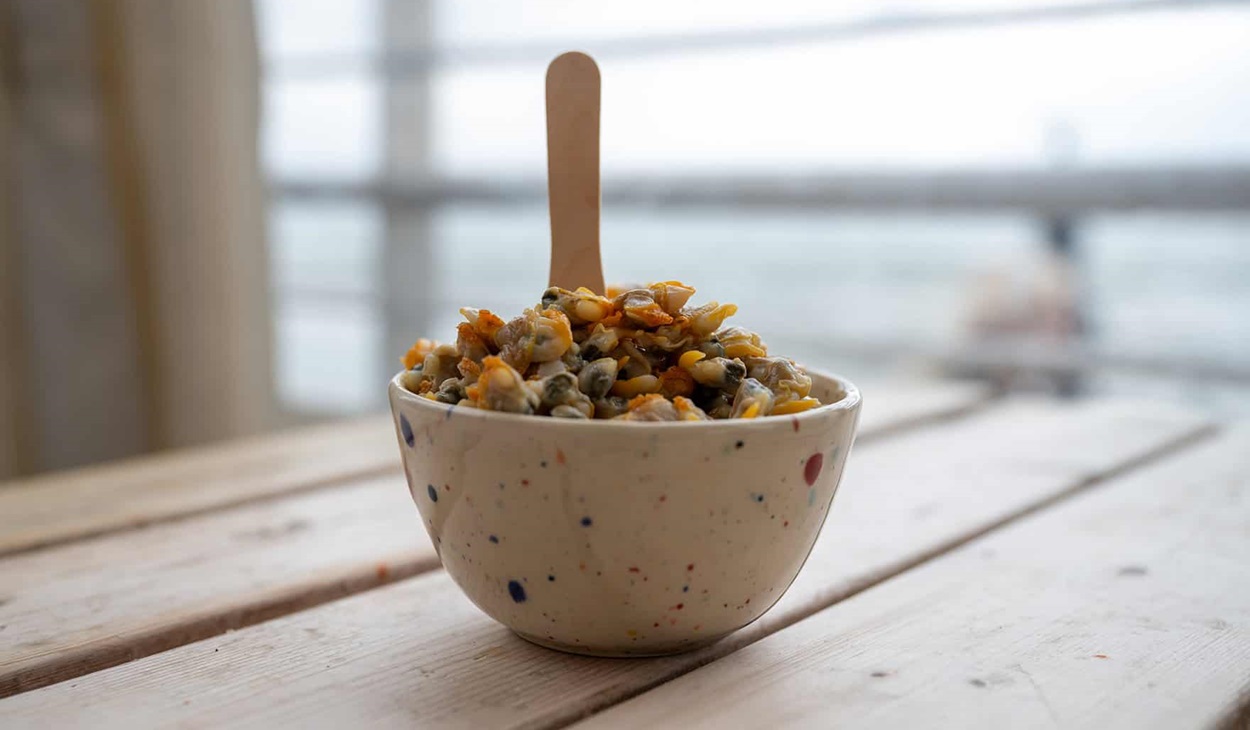Graham Osborne and his cousin Andrew Lawrence took over running the family cockling business seven years ago. They’re the fifth generation to make a living out of catching this tiny, tasty and nutritious bivalve in the Thames Estuary off Leigh-on-Sea. Tom Tanner explores what cockle fishing means to the family and the local community.
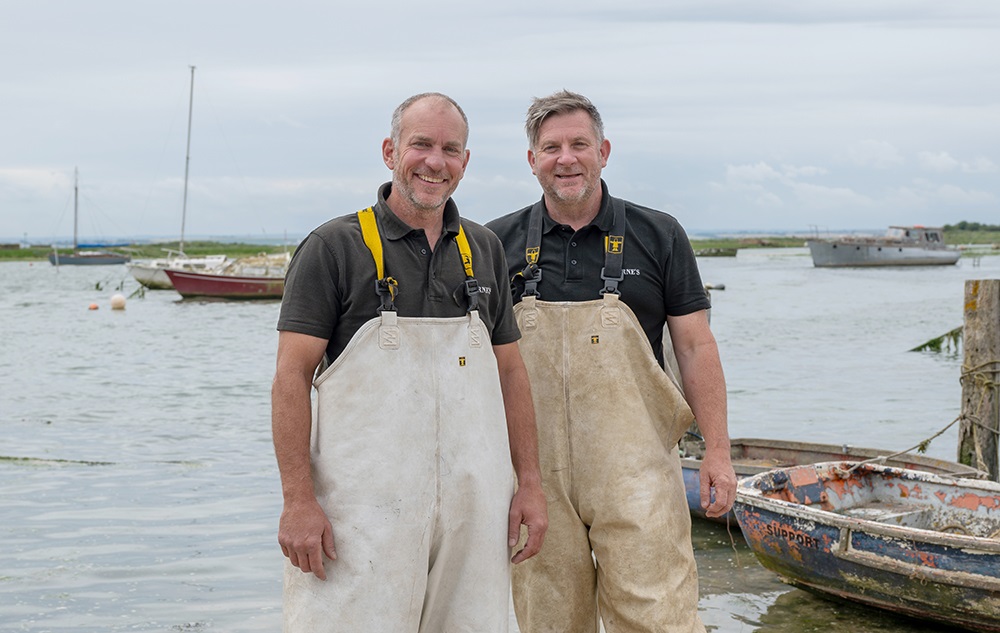
Andrew Lawrence and Graham Osborne
“Our dads are still around, and they moan a lot because they don’t like change and we have changed quite a lot,” says Graham, 51.
“We invested in the factory and tried to bring the business into the real world so that we’re not stuck in olden times.”
That’s absolutely not to say Graham doesn’t reminisce about his earliest memories of going out in the old wooden boat.
While there is great respect for the past, the old traditions and ways, the cousins have implemented significant changes designed to see their livelihood and the fishery thrive for generations to come.
“That would have been when I was 10 or 11 with my great Uncle who was known as ‘Pie’. He was so knowledgeable. It was all compass and time then – not like how we do it now with a ‘roadmap’ and GPS. That old craft has disappeared now. If the autopilot stopped working, you’d think you were having a really bad day now.”
The contrast between the old and new runs through a lot of cockling in the Thames Estuary, the Osborne’s business and the town of Leigh.
Fishing methods, eating habits and mechanisation are just some of the points of difference.
“Catching cockles has changed so much since Andrew and I were kids. In the old days you’d use yokes and baskets and collect them by hand. It was hard graft. Then you used water jets to push them up a pipe. Now we use suction dredges. Things have evolved massively. It means we get far fewer broken ones, they’re cleaner and the riddler (like a large sieve) means we’re leaving the small ones behind.”
Andrew and Graham are now ‘retired’ from the boat, Mary Amelia, and have their hands full onshore, managing the business which now includes a café housed in an 18th century stable mews, factory, freezing factory and two fishmongers. One of the fishmongers houses a seafood school, on Cockle Shed Row, where the Osbornes run lessons, including hosting school children, in the hope of engaging the next generation in the culture of cockles and seafood.
“I’ve always eaten them,” Graham says. “I eat them every day. If I’m hungry, in a bread roll or just with vinegar and pepper.
“But people in this country now don’t eat much shellfish. Demand has gone down massively, and the younger generation just aren’t eating them. It’s become a luxury food item.”
Their café remains busy though, particularly in summer. It’s just a lot of the customers tend to be over-50.
Graham’s sanguine about the final destination of 80% of the 12 tonnes the boat can bring in from the Thames Estuary two days a week, for the 15-week season which this year started at the end of June.
“It’s going to Spain. I guess it’s a good thing. They eat them like peanuts and crisps there and can’t get enough of them.”
Limiting the catch to specific months of the year and only harvesting cockles of a minimum size up to a scientifically set total allowable catch, makes sure the shellfish have time to reach maturity and reproduce, a key part of fishing sustainably. The fishing also factors in the needs of estuary wildlife such as wading birds that overwinter on the tidal banks where cockles are found, leaving enough behind for them to keep well fed too.
During the season, the Mary Amelia and its two-man crew head out with the tide any time between 1 and 10am.
When they reach the fishing ground, which could be as much as four hours away, they use a dredge which is placed into shallow water on the mud and gravel bottom where the cockles burrow up to 5cm deep, as they sail slowly along.
The dredge is then lowered into the ground and water is pumped at high pressure to dislodge the cockles, which are then drawn up onto the boat where, using the riddler, any small, young cockles, mud, sand and water fall back into the sea. Almost no other species are caught in the process, so bycatch is extremely low.
The fishing area is also defined according to local habitats and sensitivity to fishing. To protect eelgrass (a variety of seagrass) beds, Kent and Essex IFCA prohibits the use of all bottom towed fishing gear within specified areas, on the sandier sediments of Maplin Sands.
Once the catch is onboard, the cockles then move along onto a conveyor belt and finally fall into the hold of the boat.
“You want the biggest and best yields,” Graham says. “It generally takes about three hours to catch the daily quota, but the record is just 50 minutes.”
Once landed, the cockles are taken to the nearby factory where they are processed which involves them being cooked for four minutes – to free the meat from the shell. The discarded shells are all recycled, while the meat then passes through a ‘bubbler’ to ensure the cockles are entirely free from sand and grit.
All told, across the whole business, the Osbornes employ a workforce of 50 in season. Then, from November to May, they turn their attention to mussels.
“I guess we’re important to the heritage, history and economy of Leigh”, Graham reflects. He does though, when asked, concede that none of their employees are, like he and Andrew, descendants of men and women employed by the cockle industry, like once they might have been.
As for the future of the business, Graham is convinced it’s bright. He’s just not 100% sure if it will involve his immediate family.
“I see the cockle industry thriving for a good few years to come so long as it continues to be run as it is today. We’ve been running it for 150 years so we must be doing something right. When we go on holiday and tell people we’re from Leigh on Sea, they always say, oh you mean the place where the cockles come from?”
"I’ve got three boys 14, 12 and 11 and Andrew’s got three girls. I’m sure we’ll get something out of at least one of them!"
When Graham refers to the fishery being ‘run as it is today’, he means as part of the MSC certified Thames Estuary cockle fishery. Certified for the first time five years ago, it became the sixth MSC certified cockle fishery in the North Atlantic. Day to day regulation is in the hands of the Kent & Essex Inshore Fisheries and Conservation Authority.
“To be honest, it’s how we’ve been doing it for 30 years. It works on the same theory as a farmer looking after his land. We take care of it and only take so much.
“Having the MSC certification means we have the stamp of sustainability. It means you know where everything comes from, you know the fishery works and that there will be cockles there next year and the year after that.”
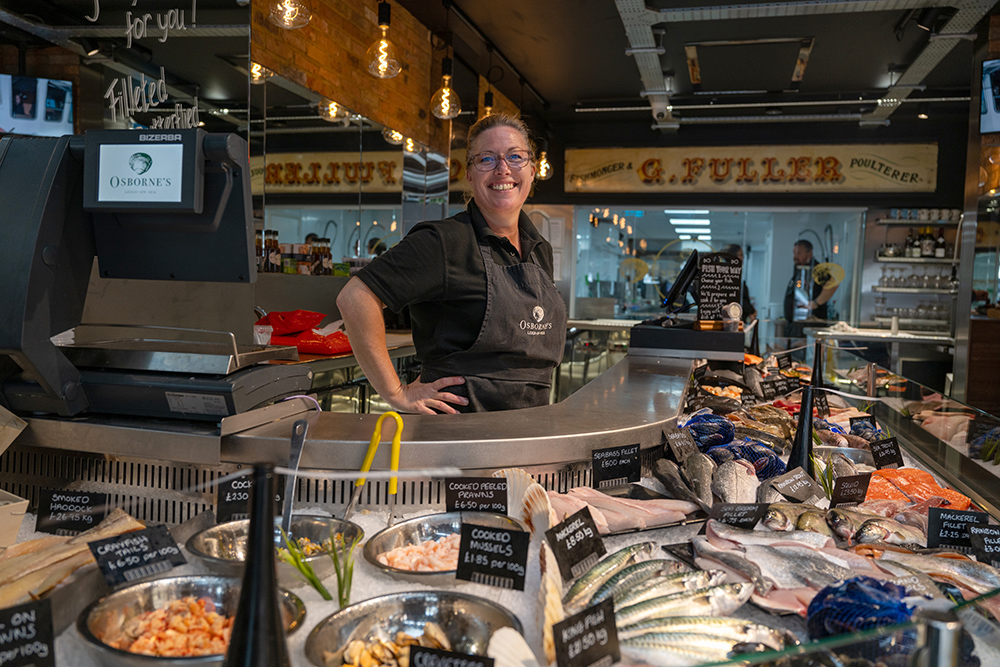
The Osborne’s website says: “The business still offers that unique blend of nostalgia and modernity that so many of our customers have come to love.” Grandparents encouraging their grandchildren to try cockles in the Osborne’s café is one example of that blend of old and new. An experiment with popcorn cockles – dipped in breadcrumbs and deep-fried – was another.
“In truth, a bit like with all seafood, you’d don’t want to overcomplicate a cockle. Sometimes it’s best just with a bit of vinegar and pepper and a nice pint.”
While there are still cockle customers in the UK – and of course Spain where they are enjoyed mostly in cans– the Osbornes will continue working the Thames Estuary as the family has done since 1880, sending a van twice weekly to London’s Billingsgate Market and another round the coastal towns of Norfolk and the South West. Cockling in this part of Essex is definitely still alive, alive oh!
Find out more about sustainable seafood
f719cbe14ff745f683056d58fa583ff0.tmb-thumb300.jpg?Status=Master&Culture=en-GB&sfvrsn=d5ee8ee7_1)
Cockles and mussels
The Super Seafoods set to transform human and environmental health
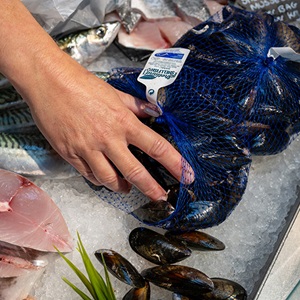
What species to eat in the UK
You may be familiar with the big five but many species are available across the UK & Ireland.
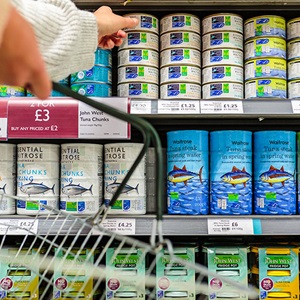
Where to buy MSC certified products
Find out where you can buy MSC certified sustainable seafood and the brands to look out for.
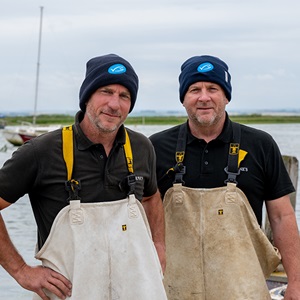
Fishing heroes
Meet some of the UK & Irish fishing heroes who help protect the ocean.

